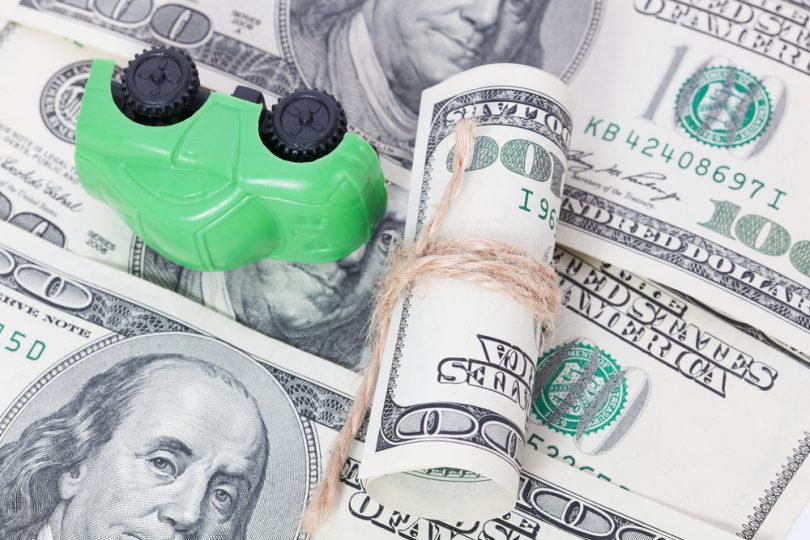If only you could walk on the car lot, select the car of your dreams, hand over the check and drive-off in minutes.
Wishful thinking.
The reality is that buying a car, whether new or used, can be tedious. But don’t fret. We’ve got you covered with some tips that will streamline the process.
Research a Car
Once you’ve crunched the numbers, decided on the year, make, and model, and located the exact car you’d like to purchase, it’s time to do some major legwork. But before moving forward, be mindful that the research conducted for new and used cars may vary a bit.
How so? Well, what you see is pretty much what you get with used cars. However, buying new will afford you the opportunity to customize your ride. This could be anything from selecting a more sleek body style to requesting a specific paint color or entertainment gadget.
How to Rate Your Top Selection
Whether you buy new or used, it’s pertinent that you evaluate the following components of any vehicle you’re considering:
- Exterior features, including the body, hauling capacity, doors, windows, glass, lights, wheels and tires
- Interior features, including the seats, headliner, cooling and heating system, and all the bells and whistles
- Under the hood, including the type of transmission, engine, drive, fluid levels, belts, leaks and safety features
- The manufacturer’s reputation, based on reviews from industry experts and consumers.
- Gas mileage, and how it stacks up to that of its competitors
- Service records from the owner and vehicle history report.
For a comprehensive checklist, see 21 Things to Look for When Buying a Car. Lastly, don’t forget to test drive the car.
Which Sites Rate Cars Best?
You wouldn’t purchase any big-ticket item without doing a little digging, so don’t be inclined to take the seller’s word for it. Instead, have a professional vehicle inspection (like mentioned above) and retrieve a vehicle history report. According to Edmunds, AutoCheck and CarFax are your best options.
Negotiate the Purchase Price
And now, the real fun begins. With a loan pre-approval, cash, or check in hand, it’s time to negotiate with the seller. Depending on how motivated he or she is, this could take minutes, hours, or even days. The latter usually only takes place when the vehicle is priced so competitively that the offers are pouring in and they can afford to drag their feet before making a final decision.
A few tips to keep in mind:
- Know how much you can realistically afford before you head to the dealership. In most instances, the first question the salesperson asks if how you are looking to spend each month. Don’t fall for this trap. Instead, focus on the total purchase price because that’s what really counts.
- Boost your credit score before applying for a loan. The most competitive interest rates are reserved for consumers with excellent credit. If your credit is less than credit, you may still qualify for a loan. However, chances are you’ll pay a ton of interest over the life of the loan.
- Don’t be afraid to put money down. Your lender may give you the option to forgo a down payment, but that doesn’t mean you should take them up on their offer. If possible, put down as much as you can to minimize the total amount financed.
- A longer loan term isn’t necessarily a good thing. While it may lower your monthly payments, you will pay more in interest in the long-term. Therefore, it’s best to secure a loan with the shortest repayment period possible. Also, keep in mind that some lenders will offer lower interest rates in return for 36 or 48-month loan terms.
- Don’t settle for in-house financing without shopping around first. You may find a better deal at traditional bank or credit union.
- Be sure to negotiate the value of your trade-in. Otherwise, you may have to fork over a wad of cash to eliminate the balance that still remains on the vehicle before closing the deal.
For more detailed guidance, see 7 Things to Know When Negotiating Your Next Auto Loan.
Help! I Hate the Negotiating Process
You’re not alone. No one likes the feeling of getting backed into a corner or being taken advantage of. While not all car salesmen are vultures, some will sell you a car solely on emotion, and you’ll be left with an overpriced car or payment you can hardly afford.
A better option: avoid the car salesmen altogether! Here’s how:
- Make a firm offer with the online sales department.
- Shop your offer around to other dealers or sellers until you get a yes.
- If rejected, adjust your offer to match the lowest quote from your competitor.
Also, see How to Get a Great Deal On a Car- Without the Hassle of Negotiating with a Car Salesman.
Seal the Deal
Before you roll down the windows and cruise off the lot in style, don’t forget to read the fine print. While you may be anxious to seal the deal, it pays (literally) to read the fine print. Otherwise, you could end up with a monthly payment that’s substantially more than what you can realistically afford. Even worse, the finance department (if you use the in-house option) could stick you with a rate that’s significantly higher than what you should be paying. And remember, once the deal is done, there’s no turning back unless you decide to refinance later on down the line.
Good luck, and happy car shopping!




